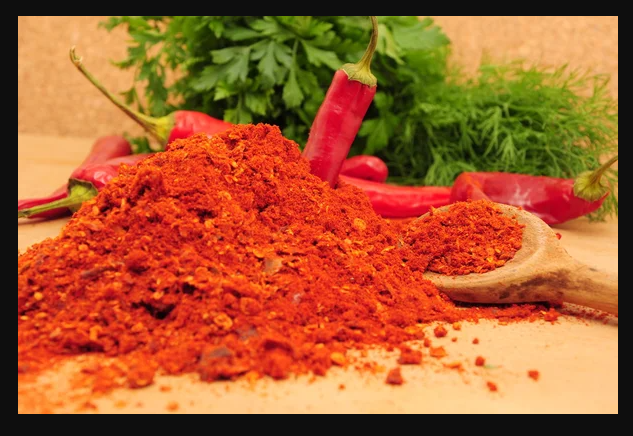Cayenne (40m hu) ground
Cayenne (40m hu) ground
Couldn't load pickup availability
Cayenne
Capsicum annuum
Cayenne (40m HU) Ground is a fiery powerhouse with a long history of enhancing health and flavor in equal measure. Known for its warming properties, this ground spice isn’t just about packing a punch—it’s about revitalizing your body from the inside out. Beloved in Ayurvedic and traditional medicine, cayenne is a potent stimulant for circulation and digestion, promoting energy and balance when used thoughtfully. It’s said to ease joint pain, support gastrointestinal health, and even release endorphins for a feel-good boost.
At its heart lies capsaicin, the spicy compound responsible for stimulating blood flow to the brain, skin, and digestive organs. Cayenne works to support the bodies natural functions of invigorating cold extremities, soothing inflammation, and encouraging natural detoxification through perspiration, offering a dual warming and cooling effect depending on your body’s needs. Its benefits can extend to cold prevention, appetite regulation, and even assisting in the healing of gastric ulcers by increasing protective mucus production in the stomach.
While its benefits are plentiful, this spice demands respect. Excessive use may increase inflammation or discomfort. It’s best avoided during pregnancy or in high medicinal doses without professional guidance.
Add a touch of cayenne’s fiery vibrancy to your culinary creations or herbal remedies and enjoy its unique ability to bring warmth, health, and flavor into your life.
Share

